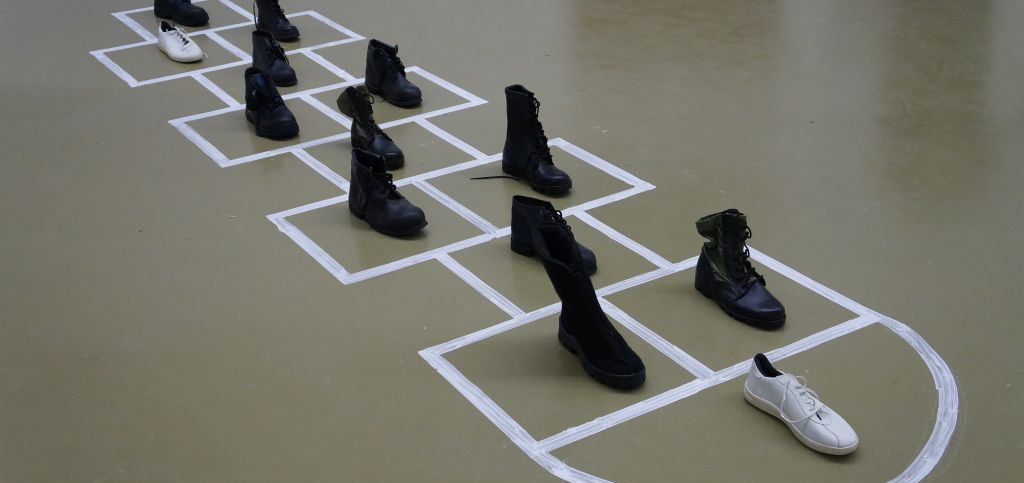
Alexandra Galkina
The Moscow-based artist Alexandra Galkina is a prime example of the struggle within the Russian art scene between the quasi-Modernist visual games of Form that are supported by the newly established private foundations and museums and the heirs of the Actionism movement that deals with realities rather than form.
Galkina usually works in series. Some of these series, such as Skirts (2011) or Lipsticks (2009), are ironically critical of the cult of the Russian avant-garde which was one of the iconic themes in 1990s’ art and the new formalism of the 2000s. Geometrical compositions of different colours become portrayals of lipsticks and skirts with Galkina – stereotypical “female things” appropriated by the artist and turned into instruments of feminist critique.
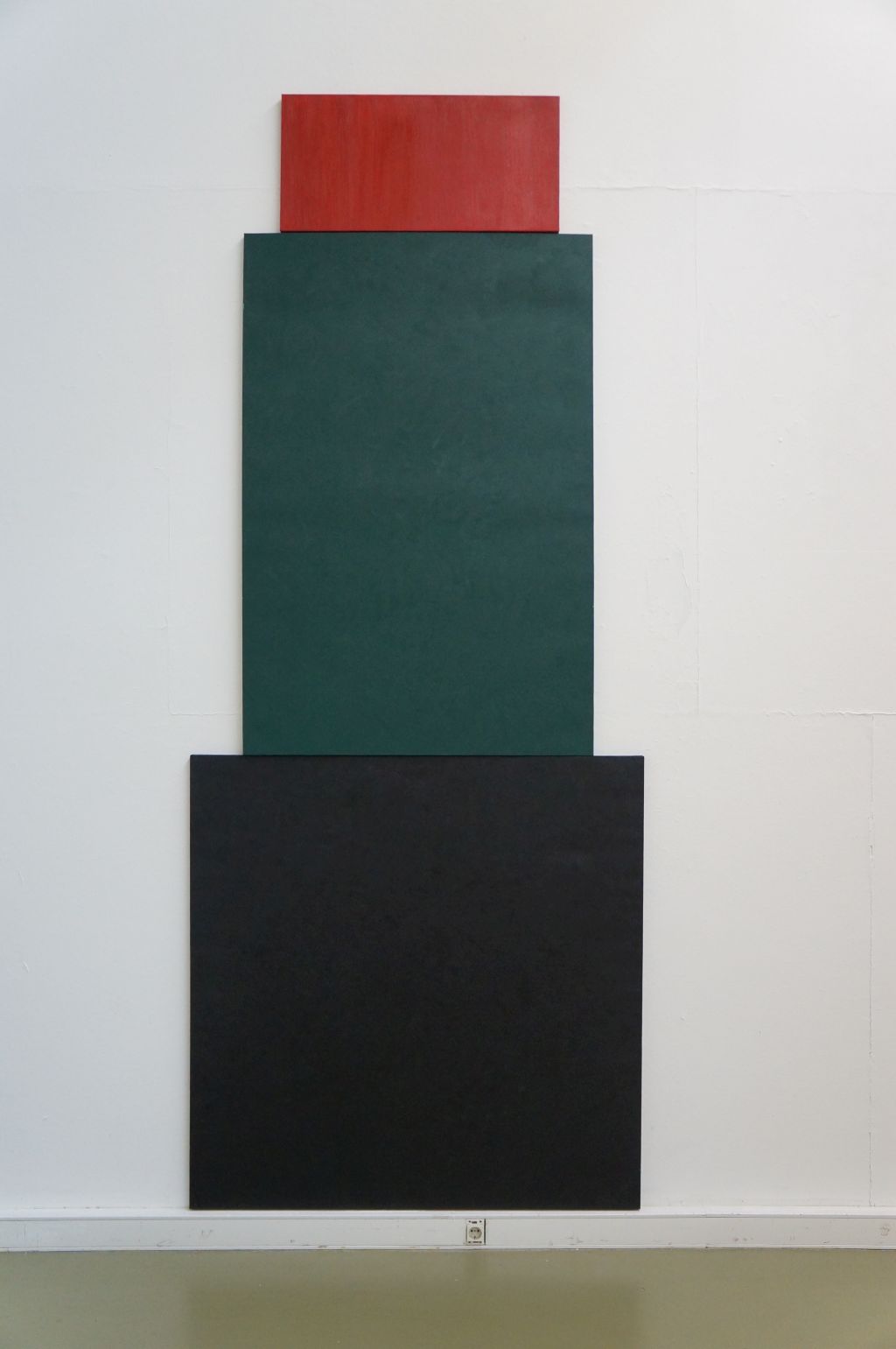
In her artwork Ass (2006-2007), the artist wrote the word “ass” on one and the same wall repeatedly. Every time it was painted over by the municipal service, Galkina put the work back on the wall. She documented the whole process and showed the resulting film in exhibitions. The work can be interpreted both as a formalist tour de force and as an extended, months-long street guerrilla action. Afterward, Galkina said that with this artwork she payed tribute to Ulrike Meinhof, one of the establishers of the German Rote Armee Fraktion. Her art practice is often radical and obscene but at the same time subtle: she tries not to be as visible in the media as other artists.
Caution, Icicles! is a recent quasi retrospective of Galkina at XL, one of the oldest galleries in Russia and well-known for its activities in 1990s. The exhibition, however, is not the first solo show of Galkina in Russia. She had a rather decisive solo at the Tretyakov Gallery in early 2000s with the controversial Andrey Erofeev, ‘the curator of scandals’ who changed the institution from an old and conservative state museum to a very progressive institution. Galkina was one of the artists whose activity was represented there that time.
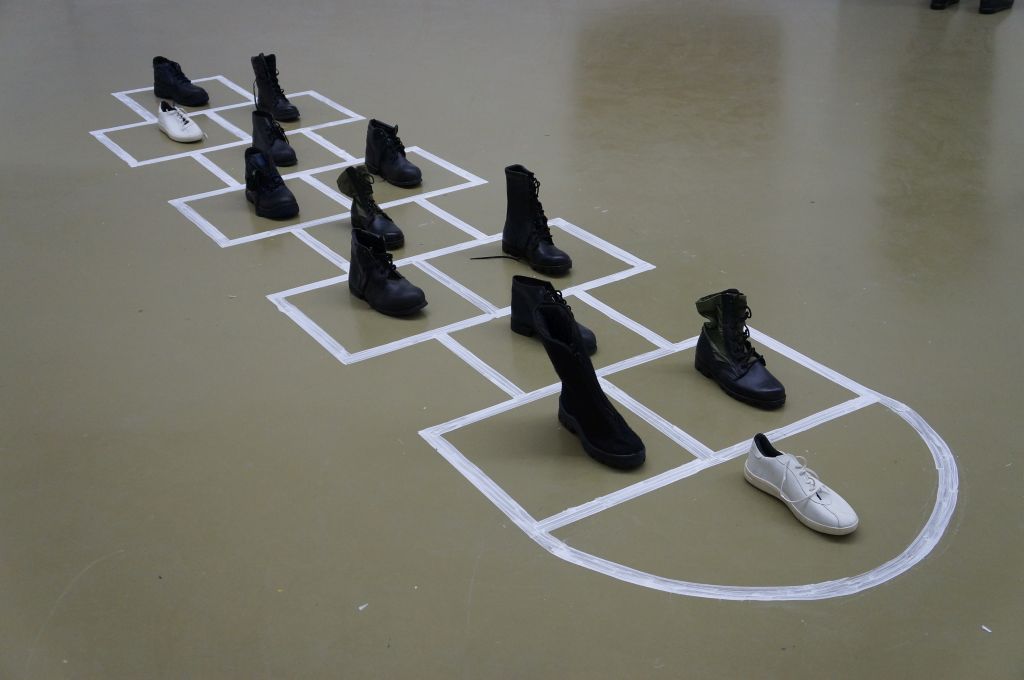
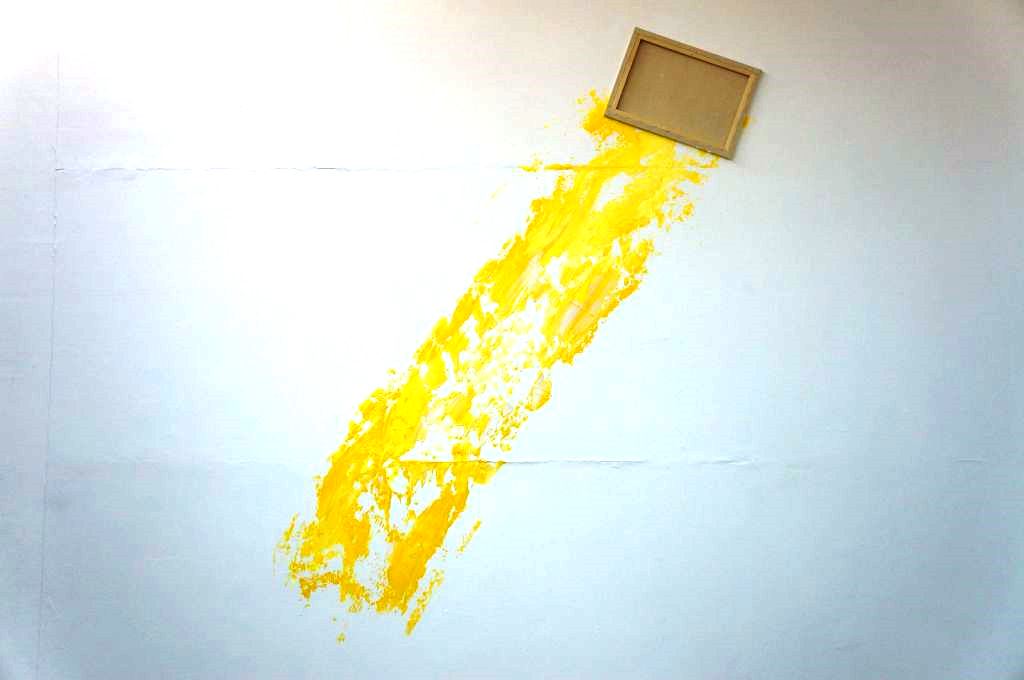
After this exhibition, Galkina’s work was only shown in group exhibitions in Russia. And, importantly, her activities (Galkina is known as a member of several autonomous avant-garde art collectives) mostly took place inside non-official spaces such as apartment galleries (such as the now closed Cheremushki, and the still operating Svetlana). But apartment exhibitions are not exhibitions in the literal sense of the word: they are collective productions of action, affect and memories.
At the same time Galkina participated in collective projects taking place at galleries, museums and private art centers in Russia and Europe and made in collaboration with a close community of artists who are also often friends, such as Svetlana Shuvaeva, David Ter-Oganyan, Sergey Sapozhnikov, Anastasia Ryabova, Ivars Gravlejs, Alisa Yoffe, Zhanna Kadyrova, Vladimir Logutov, Alina Gutkina, Camille Laurelli, Mykola Ridnyi etc. This fluid and always transforming community of artists includes people from different Russian cities and Ukrainian, Latvian and French artists. The group was extremely prolific in the 2000s and the beginning of 2010s.
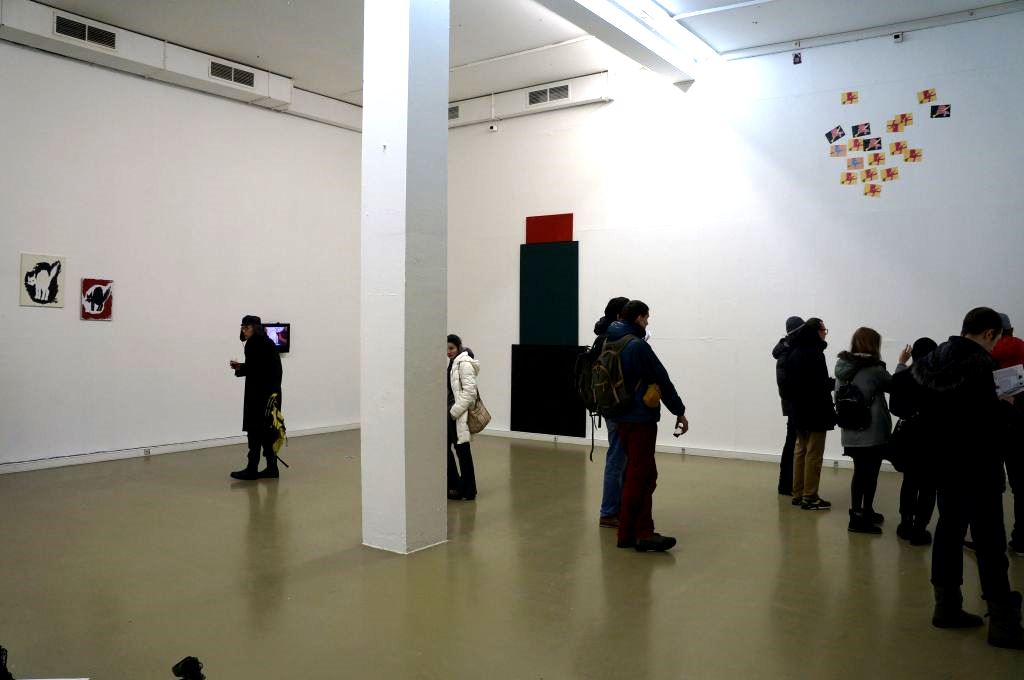
Galkina’s personal and artistic life are intertwined. All her actions, be it personal, institutional or related to exhibiting her work, go back to a strategy she developed at the very beginning of her artistic career. Coming of age in the late 1990s art world, she was deeply connected with the Moscow Actionism movement and even participated in some of their actions, such as Barricade at Bolshaya Nikitskaya from 1998, an action dedicated to the anniversary of the May 1968 events in Paris. She studied in a guerrilla-style “art school” run by Avdey Ter-Oganyan, who was forced to leave Russia after a performance involving chopping up Orthodox icons, and who was a member of Radek, a radical art group which was very active in the late 1990s and early 2000s. This engagement with the militant-like practices of Moscow Actionism influenced her a lot.
Galkina produces simple gestures, a way of art making that is a direct legacy of Actionism, and she usually shows the traces of these actions: objects, documentation or a materialized reflection what took place. These objects and forms of documentation function as independent artworks. Between the early 2000s when the Moscow Actionism movement faded away and finally disappeared from the Russian art scene and the late 2000s and 2010s when the so-called “art activist” groups (think of Voina and Pussy Riot) took on the Actionist strategies, there was a short period of a kind of “formalist Renaissance” in Russia, mostly because newly established private foundations and museums supported this kind of art. This quasi-Modernist visual games became almost a new religion of Form in Russia. Even some key figures of Actionism like Anatoly Osmolovsky, turned to this art style. Galkina always tried to maintain a balance between her activist artistic origins and the actual cultural realities.
In another of her series, called Frottage (2009), Galkina used the frottage technique (whereby a sheet of paper is placed over something and then the surface is worked over with pencil to draw a negative image of the original underneath the paper) on signboards of various official organisations such as state ministries or municipal departments. This partizan gesture is typical of Galkina, appropriating symbols of power via simple actions of copying and reducing them to “poor images” in the empowering way described by Hito Steyerl.
Sergey Guskov


